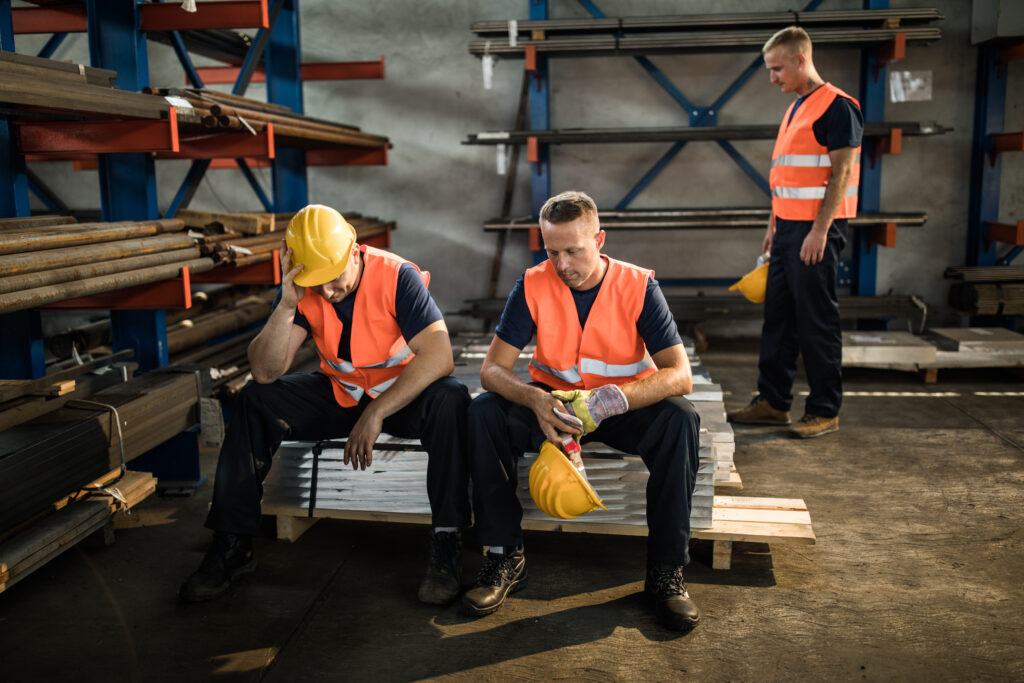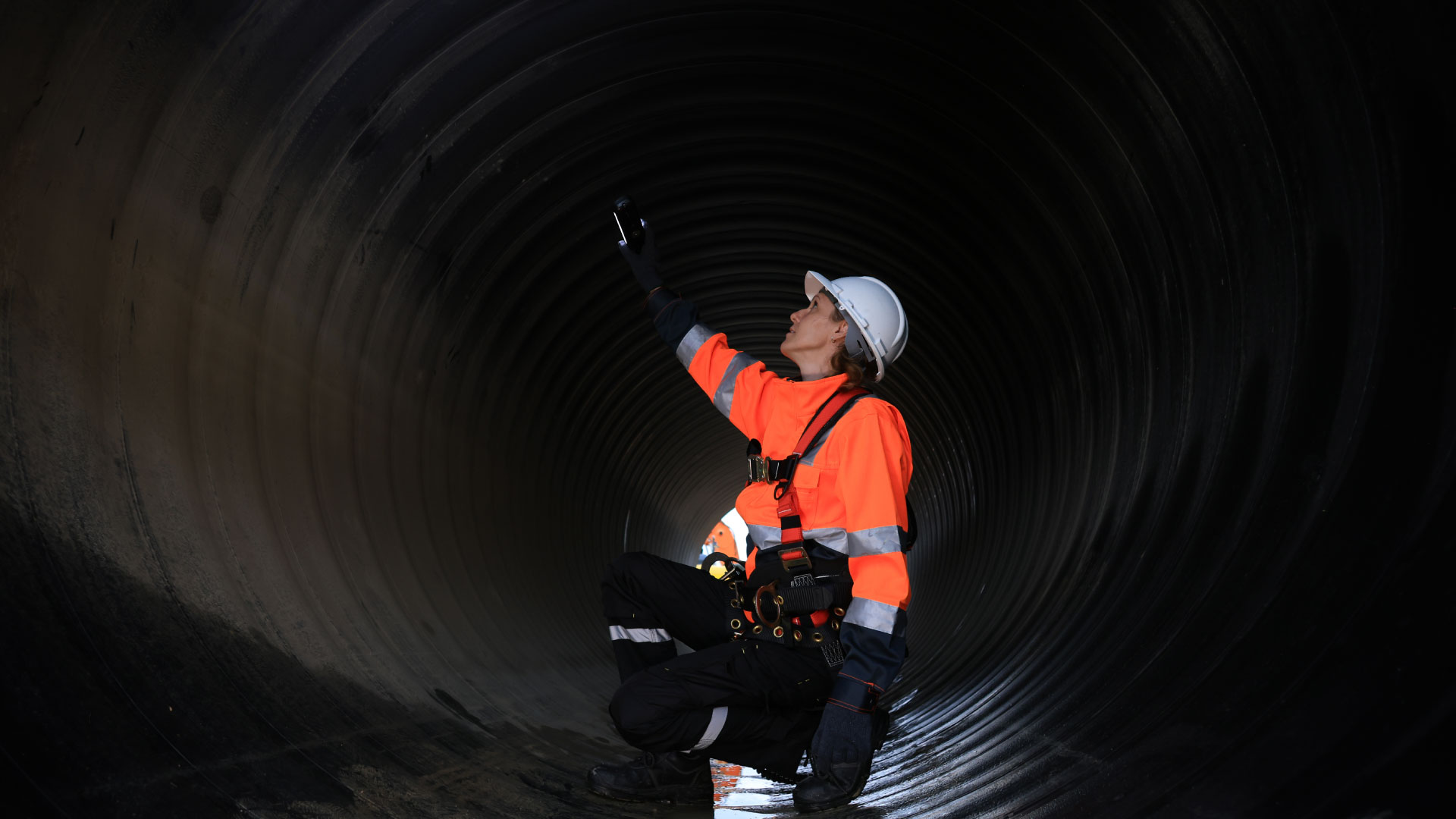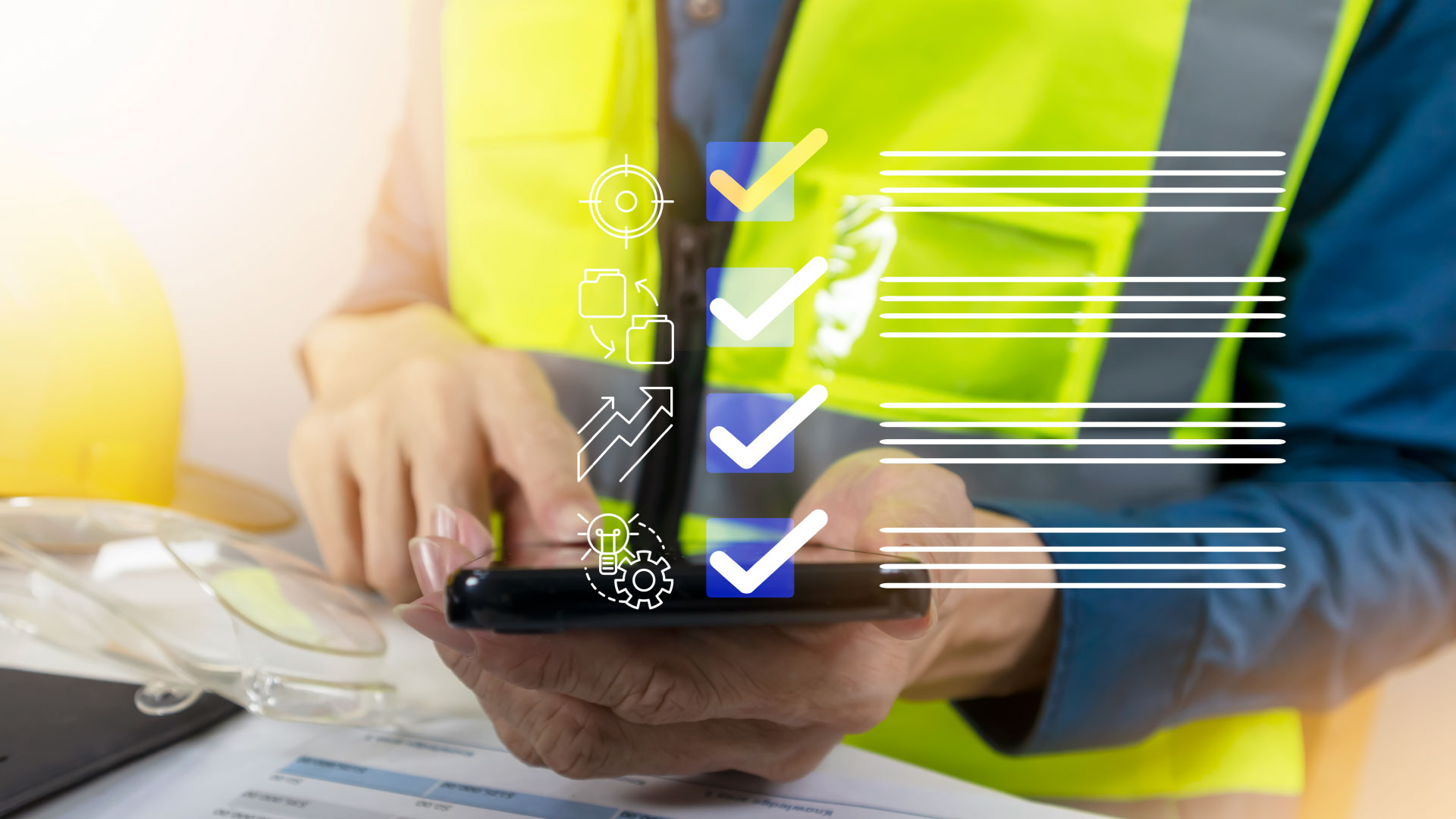When the Danger Comes From Within: Addressing Workplace Violence in Industrial Settings

Workplace violence may not be the first hazard that comes to mind in an industrial environment, but it’s a growing threat — and often an overlooked one.
While headlines have largely focused on rising assaults in healthcare settings, violence in industrial workplaces is also on the rise. From manufacturing floors to construction sites, altercations between coworkers, verbal threats, and even deadly attacks are becoming more common. For safety professionals, it’s a warning sign that our approach to “hazard prevention” needs to broaden.
Not Just a Healthcare Problem
In April 2025, legislation was introduced in Congress to require violence prevention programs in hospitals and social service settings. This was in response to alarming rates of assaults on healthcare workers. But healthcare is just one piece of the puzzle.
According to the Bureau of Labor Statistics, nearly 740 workplace homicides occurred in 2023, and more than half happened outside healthcare. Industries like manufacturing, warehousing, and construction remain vulnerable, especially in high-stress environments with tight deadlines, long shifts, and interpersonal tensions.

How Violence Manifests in Industrial Workplaces
In industrial settings, violence often stems from within — coworkers arguing, retaliation over discipline, or conflict spilling over from home. These situations can escalate fast when warning signs go unnoticed or unaddressed.
Examples include:
- Heated arguments turning physical
- Threats following workplace disputes
- Domestic violence reaching the job site
- Employee retaliation after perceived mistreatment
Unlike other job hazards, these incidents rarely have obvious warning labels. But their impact can be just as devastating.
The Prevention Gap
Despite the risks, many industrial employers lack structured violence prevention plans. They may have “zero tolerance” policies, but no proactive training, reporting systems, or procedures for early intervention.
Ask yourself:
- Do your workers know how to report threats or harassment?
- Have supervisors been trained to defuse conflict?
- Is there a clear plan for what to do if someone becomes violent?
If the answer is no, you’re not alone — but it’s time to close that gap.

Simple Steps to Safer Workplaces
Violence prevention doesn’t need to be complicated. Start with these basics:
- Train workers and supervisors to recognize signs of escalating behavior and how to respond.
- Create a culture of open reporting, free from retaliation or judgment.
- Design your workspace with security in mind — lighting, access control, and emergency response plans all play a role.
- Include violence prevention in your regular safety talks and drills.
Addressing this issue isn’t just about compliance — it’s about creating a work environment where employees feel safe from both physical and emotional harm.
Legislation may soon mandate violence prevention in healthcare, but don’t wait for laws to catch up in your industry. Industrial workplaces face real, growing risks — and safety professionals must be proactive.
Protecting workers means more than guarding against machinery and chemicals. It also means recognizing that sometimes, the threat comes from within.
Blog Posts
Latest Posts
Related Posts




